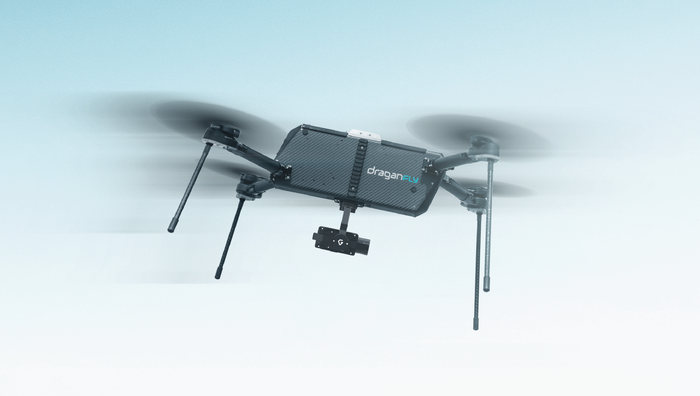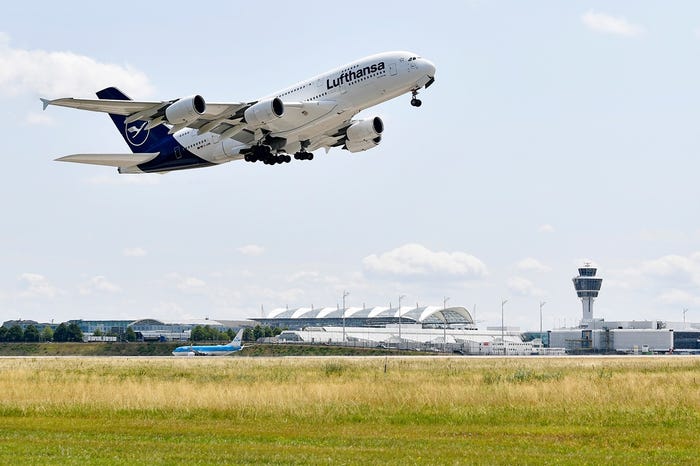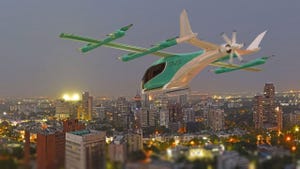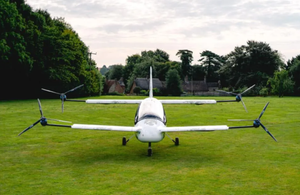Tesla Unveils Sub-$30k Self-Driving Taxi Set for 2026 LaunchTesla Unveils Sub-$30k Self-Driving Taxi Set for 2026 Launch
A Robovan concept capable of transporting up to 20 people also revealed at Tesla’s We Robot event Thursday

Tesla has finally revealed the self-driving taxi that is central to its future plans.
The autonomous vehicle (AV) was unveiled at an event called We Robot at Warner Bros’ studio in Burbank, California, that was big on the sort of showmanship CEO Elon Musk thrives on, but pretty thin on actual detail about the eagerly awaited cab.
What attendees were presented with was a vehicle clearly inspired by the brash, angular Cybertruck, but smaller, with – curiously for a cab – only two seats, headline-grabbing butterfly doors and a large trunk. Significantly, it did not feature conventional driving controls such as a steering wheel or pedals, nor was there a back window.
A fleet of 20 were present to provide “demonstration rides” to visitors, but the lack of clarity was perhaps best underlined by the fact that there was even confusion regarding the AV’s name. While previously it had been thought Cybercab was set in stone – and it was indeed referenced during the evening – Robotaxi was also used regularly, and now features on Tesla’s website.
For more self-driving vehicle and other embedded tech news subscribe to our free newsletter!
Although there wasn’t much in the way of specification given for the AV, Musk did provide some nuggets of information.
Perhaps most intriguing was his assertion that people could buy one of Tesla’s robotaxis in future and the company expects the cost to be under $30,000.
And Musk reiterated a sentiment he has made previously, claiming: “The cost of autonomous transport will be so low that you can think of it like individualized mass transit.” Operating costs he said, could be as little as 20 cents a mile – significantly less than a public transit bus presently.
One interesting technical breakthrough, meanwhile, was the revelation that the AV does not feature a plug, but would be powered up via wireless inductive charging. This is not a new feature in the auto industry, but it has not really gained much traction to date. However, it may catch on with self-driving vehicles, as they won’t need a human present to plug a cable in.
Additionally, a video was shown of an automated cleaning solution.
In terms of timelines for production, there was a reference to 2026, although he added: “I tend to be a little optimistic with time frames.” Certainly, the prospect of a Tesla with no steering wheel or pedals ready for public consumption within two years seems extremely optimistic, given the company’s ongoing struggles to establish its current automated driving tech.
As to how the new cab will actually work, Musk again reiterated the company’s reliance on AI and vision and said there was “no expensive equipment needed” – presumably a nod to Lidar, which does not appear to be fitted to the new taxi. It will be equipped with Tesla’s AI5 computer.
Musk also used the evening to confirm that the company still plans to make unsupervised Full Self Driving available on its current vehicles, with Texas and California earmarked for next year – although seasoned Tusk watchers are likely to take this claim with a pinch of salt.
And Tesla also brought on stage a remarkable Robovan concept, an autonomous behemoth that can transport up to 20 people – ideal for sports teams for example – that promises to get the cost of transport down to five or 10 cents a mile.
“We’re going to build this,” pledged Musk. “We want to change the look of the roads. The future should look like the future.”
About the Author
You May Also Like








